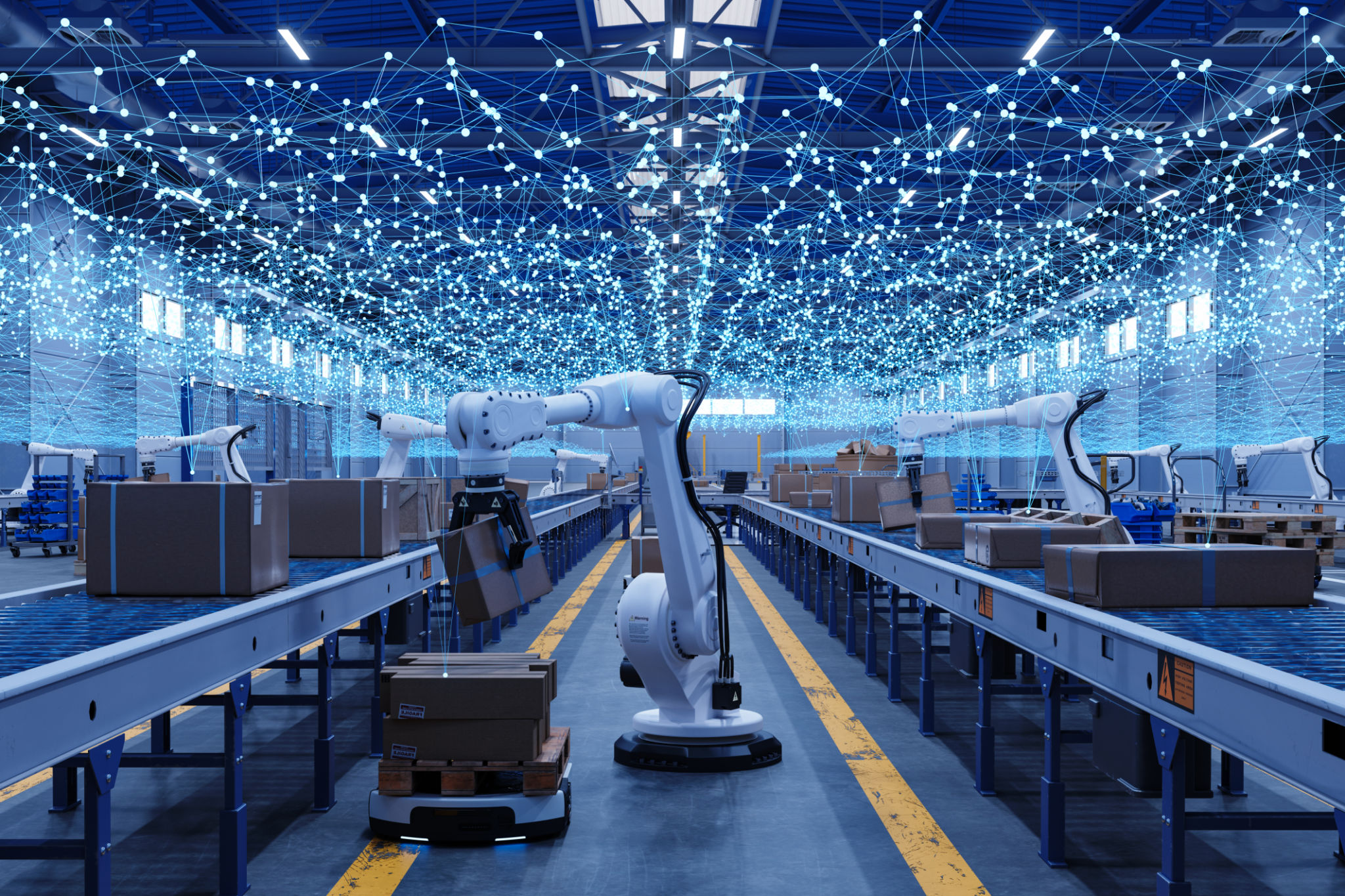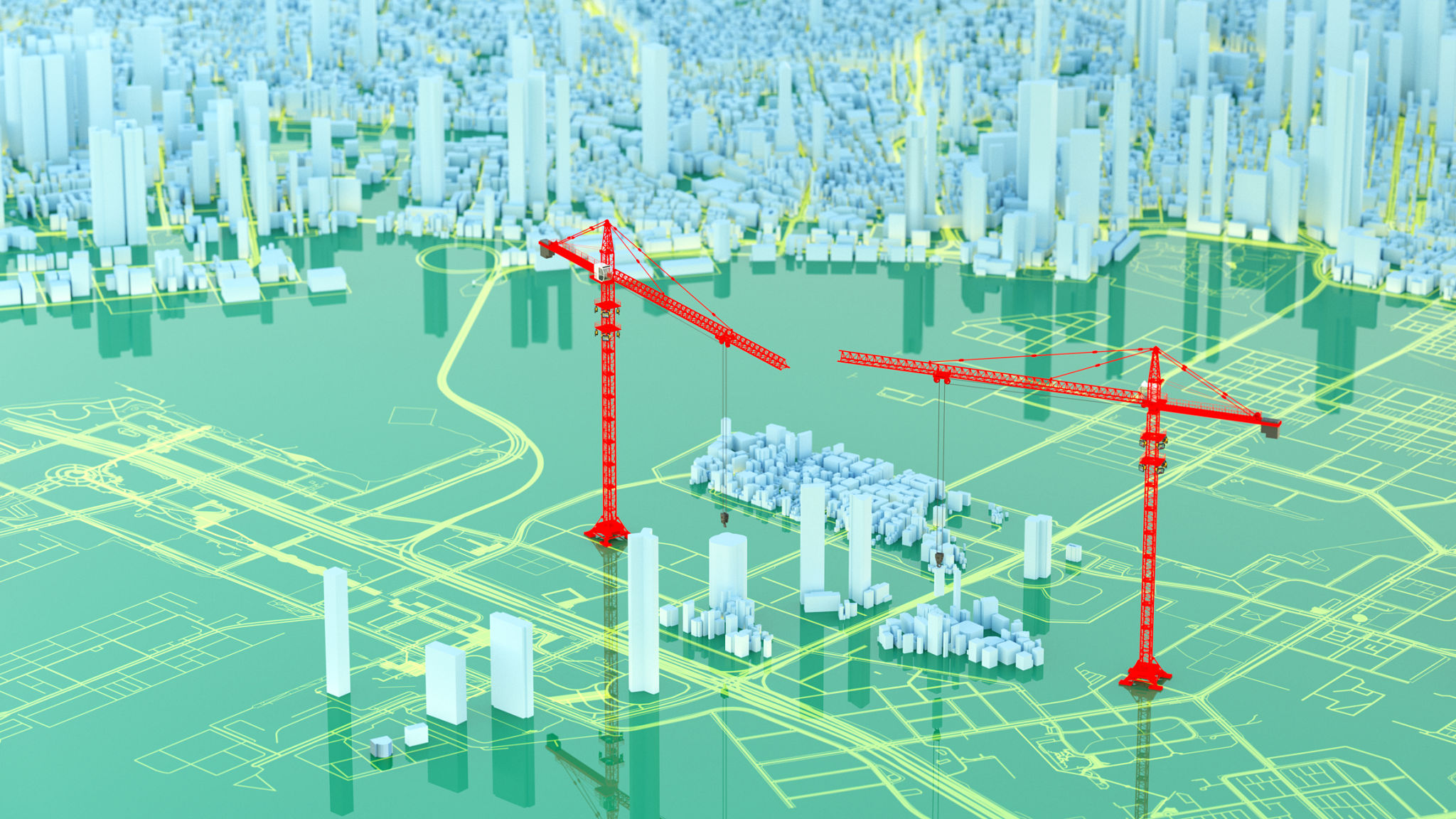Smart Technology Trends in Product Design: What’s Next?
The Rise of Smart Technology in Product Design
Smart technology is reshaping product design, driving innovation across various industries. As companies strive to meet consumer demands for more intelligent and intuitive products, the integration of smart components is proving to be a key differentiator. This trend is not only enhancing functionality but also transforming user experiences.
One of the most significant impacts of smart technology is the creation of personalized products. By leveraging data analytics and AI, designers can tailor products to individual preferences, offering a more customized experience. This shift towards personalization is setting new standards in the industry.

Connectivity and the Internet of Things (IoT)
The Internet of Things (IoT) is a cornerstone of smart product design. By enabling devices to communicate with each other, IoT is opening up new possibilities for functionality and efficiency. Products are now becoming part of an interconnected ecosystem, enhancing their value and usability.
For consumers, this means greater convenience and control. Imagine a smart home where all devices are seamlessly connected, allowing users to manage everything from lighting to security through a single interface. This level of connectivity is becoming increasingly important in modern product design.

Artificial Intelligence and Machine Learning
Artificial Intelligence (AI) and Machine Learning (ML) are at the forefront of smart technology trends. These technologies enable products to learn from user interactions and improve over time. This capability is particularly evident in voice-activated devices and smart assistants, which are becoming more adept at understanding and responding to user needs.
AI is also playing a crucial role in predictive maintenance and diagnostics, especially in sectors like automotive and healthcare. By predicting potential issues before they arise, these smart products can significantly reduce downtime and enhance user satisfaction.

Sustainability and Smart Design
As environmental concerns grow, sustainability is becoming a critical factor in product design. Smart technology is facilitating this shift by enabling more efficient use of resources. For instance, smart thermostats can optimize energy consumption by learning user habits and adjusting settings accordingly.
Moreover, the use of sustainable materials and energy-efficient components is gaining traction. By integrating these elements into smart designs, companies are not only reducing their environmental footprint but also appealing to eco-conscious consumers.

Challenges and Opportunities Ahead
While the integration of smart technology in product design presents numerous opportunities, it also poses certain challenges. Security and privacy concerns are at the forefront, as more connected devices mean more potential vulnerabilities. Designers must prioritize robust security measures to protect user data.
Despite these challenges, the future of smart product design is promising. As technology continues to advance, we can expect even more innovative solutions that will redefine how we interact with the world around us. The key will be to balance functionality with security and sustainability.